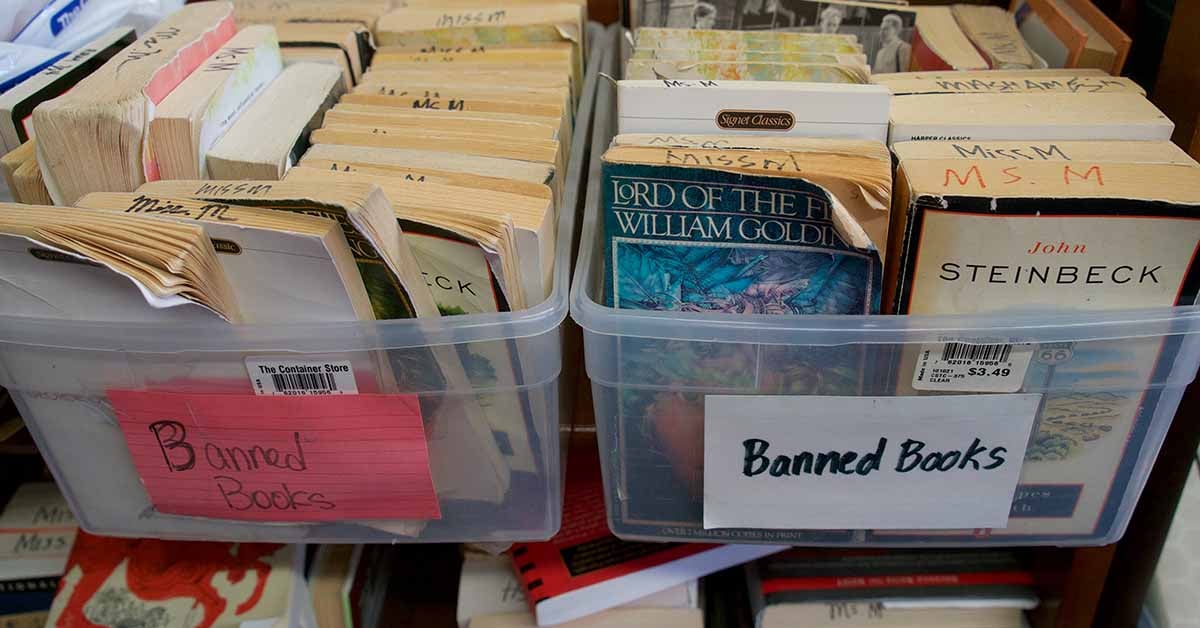
If your classroom library is well-stocked, dynamic, and suited to your students’ evolving needs, you undoubtedly have spent a great deal of time and energy making it so. You know that cultivating a book collection that both supports students’ ongoing work and inspires them to read is a reading teacher’s challenge and duty. If your classroom library is still a work in progress, don’t worry - with some planning, organization, and creativity, you can turn your classroom library into a truly inspiring place.
If your classroom library is well-stocked, dynamic, and suited to your students’ evolving needs, you undoubtedly have spent a great deal of time and energy making it so. You know that cultivating a book collection that both supports students’ ongoing work and inspires them to read is a reading teacher’s challenge and duty. If your classroom library is still a work in progress, don’t worry - with some planning, organization, and creativity, you can turn your classroom library into a truly inspiring place.
The most effective classroom libraries are:
- Well-organized. It’s crucial that students can quickly and easily find the kinds of books that they can read well. Whether you use Fountas and Pinnell Guided Reading levels or some other system, you know that your students cannot waste valuable time searching through books that are too easy or too hard. Clear labels, easy-to-access bins, and a transparent leveling system are the foundation of a great classroom library.
- Matched to the reading unit. Certainly, when students are in a fiction reading unit, the books that are front and center in the classroom library should be fiction books, and the same goes for nonfiction. Great classroom libraries take this principle a step farther. Nonfiction books might be organized by topics of interest. In a series unit, there might be prominently displayed bins for different series books. In a mystery unit, bins for different kinds of mysteries might appear.
- Representative of students in your classroom.Students need to be able to see themselves in the books they read. They need books with characters with similar background, gender, race, and experience. They need nonfiction books about topics they care about. If they speak a language other than English, they need books in this language, as well.
- The responsibility of the students, too.Students can help to organize the classroom library in ways that help connect books with other readers. There may be bins that students label, such as: “If you like Star Wars, you’ll love these books,” or, “Calling all Judy Blume readers.”
- Welcoming. Display matters. There is so much to be said for choosing attractive baskets and setting them up so that students can peruse them easily. Straightening up the classroom library at the end of each day is so important to ensure that no bins are overstuffed, and bins contain the books they are meant to contain.
 Of course, none of these qualities of a classroom library are more important than the books themselves. If you’d like help stocking the classroom library of your dreams, be sure to check out the TCRWP Classroom Libraries. Each grade-level set of classroom library books contains 400-700 books, and is carefully curated to meet the needs of a range of readers with a range of interests, and also to support each grade level’s Units of Study. Individual library shelves on particular topics can also be purchased.
Of course, none of these qualities of a classroom library are more important than the books themselves. If you’d like help stocking the classroom library of your dreams, be sure to check out the TCRWP Classroom Libraries. Each grade-level set of classroom library books contains 400-700 books, and is carefully curated to meet the needs of a range of readers with a range of interests, and also to support each grade level’s Units of Study. Individual library shelves on particular topics can also be purchased.
Join this week’s Twitter chat, hosted by staff developers Shana Frazin and Megan O'Connell, to share your ideas about classroom libraries and tofind out about classroom library makeovers that will take your library from good to amazing.
Each Wednesday night at 7:30pm eastern, The Teacher's College Reading and Writing Project hosts a Twitter chat using the hashtag #TCRWP. Join @sfrazintcrwp & @OCMeganMarie to chat about classroom library makeovers tomorrow evening.
Not on Twitter? Take Heinemann’s free Twitter for Educators course here.
 Anna Cockerille, Heinemann Editor and Coauthor of Bringing History to Life (Grade 4) in the Units of Study for Teaching Writing Series, was a teacher and a literacy coach in New York City and in Sydney, Australia, and later became a Staff Developer and Writer at TCRWP. She also served as an adjunct instructor in the Literacy Specialist Program at Teachers College. Anna has been a researcher for Lucy Calkins, contributing especially to Pathways to the Common Core: Accelerating Achievement (Heinemann 2012), and the Units of Study for Teaching Reading, Grades 3–5 series (Heinemann 2010). Anna is currently serving as an editor on the forthcoming Phonics Units of Study series for grades K-2, and previously served as an editor for the Units of Study for Teaching Reading, K–5 series.
Anna Cockerille, Heinemann Editor and Coauthor of Bringing History to Life (Grade 4) in the Units of Study for Teaching Writing Series, was a teacher and a literacy coach in New York City and in Sydney, Australia, and later became a Staff Developer and Writer at TCRWP. She also served as an adjunct instructor in the Literacy Specialist Program at Teachers College. Anna has been a researcher for Lucy Calkins, contributing especially to Pathways to the Common Core: Accelerating Achievement (Heinemann 2012), and the Units of Study for Teaching Reading, Grades 3–5 series (Heinemann 2010). Anna is currently serving as an editor on the forthcoming Phonics Units of Study series for grades K-2, and previously served as an editor for the Units of Study for Teaching Reading, K–5 series.
Follow her on Twitter @annagcockerille


